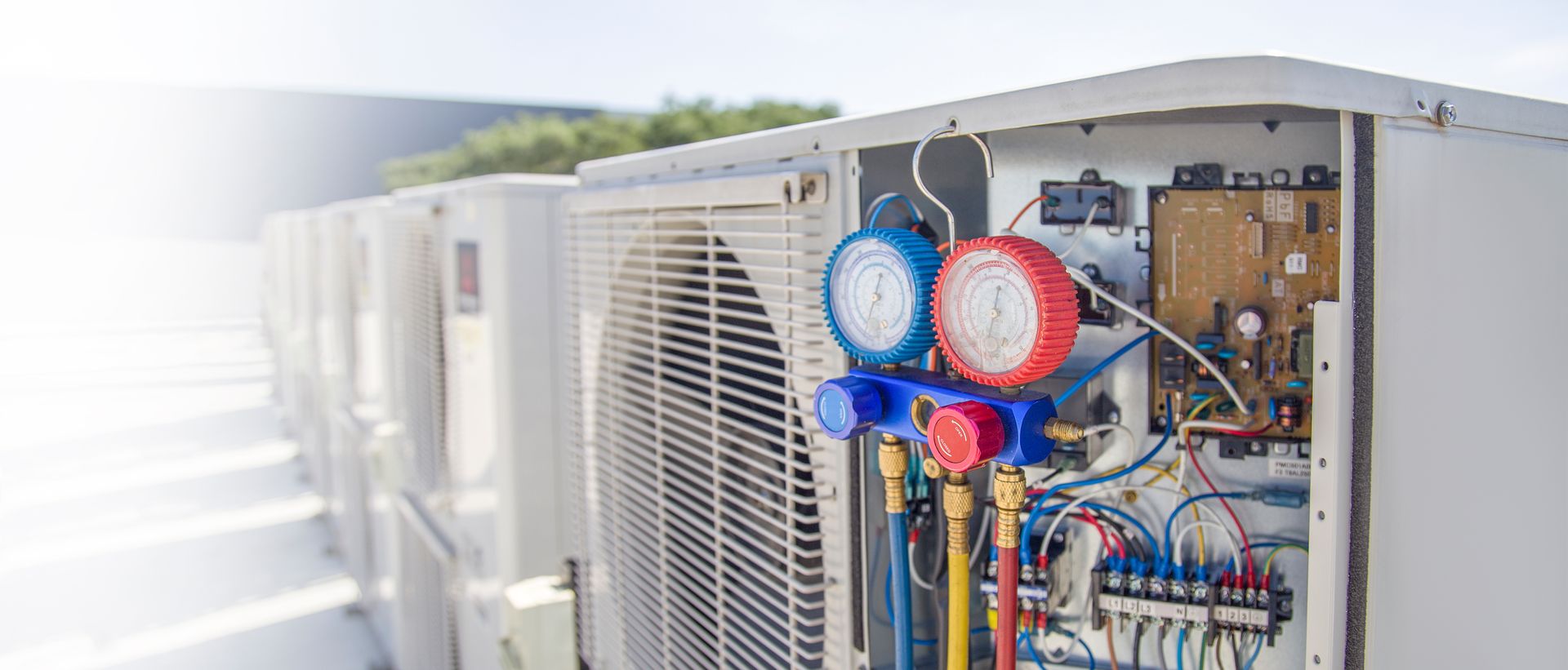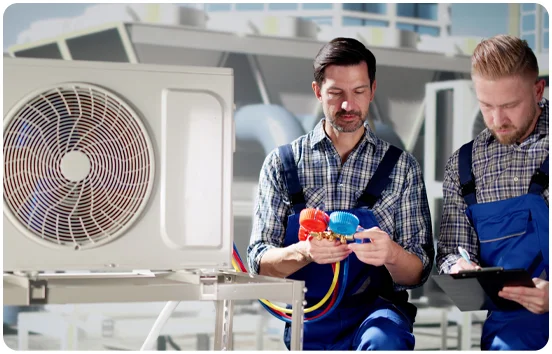Fireproofing isn’t just about safety codes—it’s about protecting lives and property. Whether you’re working on a commercial building, a high-rise structure, or an industrial facility, the materials used in professional fireproofing jobs play a big role. They affect everything from structural integrity to insurance compliance. In the middle of all this, professional fireproofing insulation services focus on using tested, high-performance materials that can withstand extreme temperatures and slow down fire spread.
Why Material Matters in Fireproofing
The main job of any fireproofing material is to delay structural failure during a fire. Not all materials work the same way. Some resist heat, others expand to seal off spaces, and a few are designed to insulate critical components. Professionals look for fire rating, durability, application type, and resistance to moisture, corrosion, and wear. The right material won’t just meet code—it’ll also last.
Intumescent Coatings: Thin But Powerful
Intumescent coatings are applied as paint but do a lot more. When exposed to heat, they expand to form a thick, insulating char. This char insulates steel and other building materials from reaching critical temperatures. These coatings are ideal in buildings where appearance matters, since they blend well with architectural elements. They’re commonly used in office buildings, malls, and hospitals.
Cementitious Fireproofing: Tough and Reliable
Spray-applied cementitious coatings are made from lightweight concrete, gypsum, or similar binders. They’re sprayed onto surfaces and create a tough, fire-resistant layer. These coatings are preferred in warehouses, parking structures, and commercial spaces where aesthetics aren’t a big concern. They’re cost-effective and known for withstanding physical wear and tear.
Mineral Wool Boards: Fire Resistance and Soundproofing
Mineral wool is made from molten rock or slag spun into fibers. It’s often used in board form for fireproofing purposes. These boards are dense and provide excellent fire resistance, while also helping with soundproofing. Mineral wool doesn’t burn easily and holds its structure under intense heat. That’s why it’s common around mechanical rooms, ducts, and elevator shafts.
Fire-Resistant Spray Foam: Expanding Protection
While not all spray foams are fire-resistant, some have special formulations for fireproofing. These expand on application and create a solid barrier that resists both fire and air movement. They’re usually used around wall penetrations, plumbing, or electrical installations. Spray foam works best in tight spaces and irregular surfaces where boards and coatings won’t fit.
Firestop Sealants and Caulks: Small Details, Big Role
Firestop products might seem minor, but they play a major role in stopping fire and smoke spread between walls and floors. These sealants are used around pipes, cables, ducts, and joints. They maintain the fire rating of a wall or floor system and are often required by code. These materials remain flexible and resist cracking over time.
Fire-Resistant Drywall: A Simple Layer of Safety
Also known as Type X or Type C drywall, fire-resistant drywall contains glass fibers and special additives that slow fire spread. It’s easy to install and provides a cost-effective way to protect walls and ceilings. It’s often used in residential garages, apartment complexes, and corridors where an extra layer of protection is needed without changing the structure.
Fire Bricks and Insulation Boards: Industrial Strength
In settings where heat levels are extreme—think factories, kilns, or power plants—fire bricks and high-temperature insulation boards are the go-to materials. These materials resist continuous high temperatures without degrading. Fire bricks, in particular, are used to line furnaces and fireplaces. They hold their shape and strength even under intense, direct flames.
Why Professionals Combine Different Materials
No single material can cover every surface or every risk. That’s why professional contractors often use a mix. They might apply intumescent coatings to exposed beams, use mineral wool in cavity walls, and seal gaps with fire caulk. It’s all about building a fire-resistant system, not just using one type of product.
Installation Quality Matters as Much as the Material
Even the best fireproofing material won’t help if it’s poorly installed. Thickness, coverage, and adhesion all affect how long the material will hold up in a fire. Certified professionals follow manufacturer specs and building codes closely. Skimping on prep work, surface cleaning, or curing time can lead to failure when it matters most.
Maintenance Keeps Fireproofing Working
Fireproofing isn’t a one-time job. Buildings shift, materials age, and renovations happen. Professionals recommend periodic inspections to check for cracks, water damage, or peeling layers. Damaged fireproofing should be repaired immediately to maintain a building’s safety rating. Even a small exposed spot can be a weak link in an emergency.
Final Thoughts:
Fireproofing isn’t about trends—it’s about what holds up in real emergencies. While some materials might sound better on paper, only tested and proven solutions should go into serious projects. Talk with licensed professionals, ask for certifications, and make sure materials meet local fire codes. It’s not about overdoing it; it’s about doing it right from the start.




